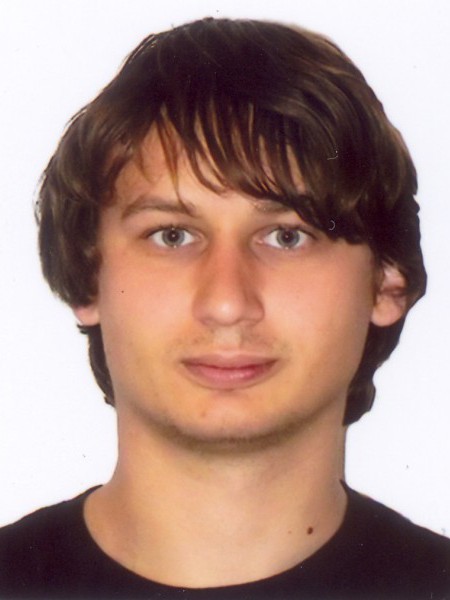resumo
Gold nanoparticles (AuNPs) have been deposited on titania nanotubular layers (TNT) via photocatalytic deposition, and the activity of the obtained AuNPs-TNT systems toward oxygen electroreduction reaction (ORR) in an alkaline medium has been studied and compared with the activity of AuNPs-TNT composites prepared from Au colloidal solutions. Two photodeposition methods were utilized for anchoring of AuNPs: direct UV-irradiation of a TNT electrode immersed into a HAuCl4 containing solution (TNT-Au1 composites) and initial adsorption of AuCl4-ions on TNT followed by UV-irradiation (TNT-Au2 composites). The size, spatial distribution, structure and surface of AuNPs deposited on TNT layers were studied via scanning and transmission electron microscopy, optical spectroscopy and underpotential deposition of lead ad-atoms on gold. It was found that these parameters depend on the photodeposition method. The TNT-Au2 composites have smaller size, higher surface concentration and more uniform distribution of AuNPs in the TNT layers as compared with the TNTAu1 systems. The electrocatalytic efficiency of Au-TNT electrodes in ORR was found to depend on various factors such as doping level of TNT support (governed by annealing temperature), AuNPs size and their loading amount. The electroreduction of oxygen was observed at less negative potentials when Au nanoparticles were grown on the TNT surface by photoreduction in comparison with the TNT electrodes modified with AuNPs from sols. The enhanced activity of the photocatalytically prepared AuNPs-TNT composites can be explained by the consolidation of the interface between gold nanoparticles and TiO2 support and the absence of ligands on the AuNPs surface.
palavras-chave
ANION-EXCHANGE MEMBRANES; SINGLE-CRYSTAL FACES; UNDERPOTENTIAL DEPOSITION; ELECTROCATALYTIC ACTIVITY; CRYSTALLOGRAPHIC ORIENTATION; REDUCTION REACTION; AU NANOPARTICLES; SIZE; LEAD; CARBON
categoria
Chemistry; Electrochemistry
autores
Maltanava, H; Mazheika, S; Starykevich, M; Gaevskaya, T; Konakov, A; Ferro, M; Tedim, J; Poznyak, S
nossos autores
agradecimentos
CICECO-Aveiro Institute of Materials (refs. UID/CTM/50011/2019 and POCI/01/0145/FEDER/007679) financed by national funds through the FundacAo para a Ciencia e a Tecnologia (FCT/MCTES) and co-financed by FEDER under the PT2020 Partnership Agreement. M.S. acknowledges the support of the FCT 2020.00625.CEECIND grant. H.M. and S.P. thank the program << Khimreagent >> 2021-2025.




